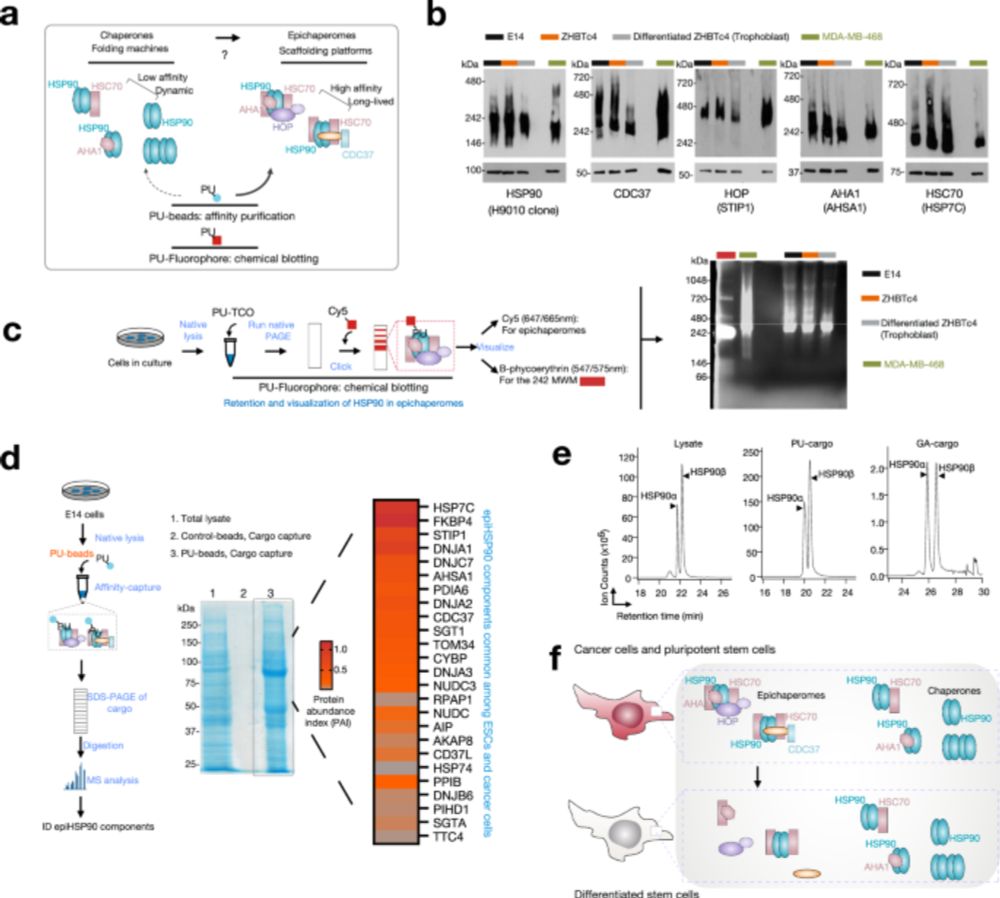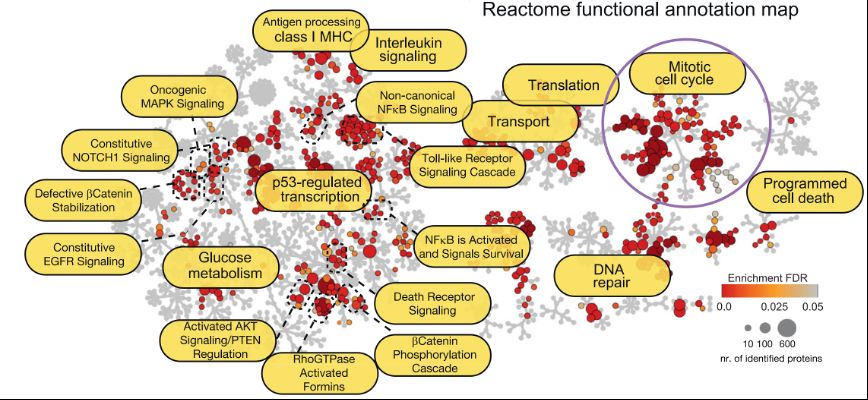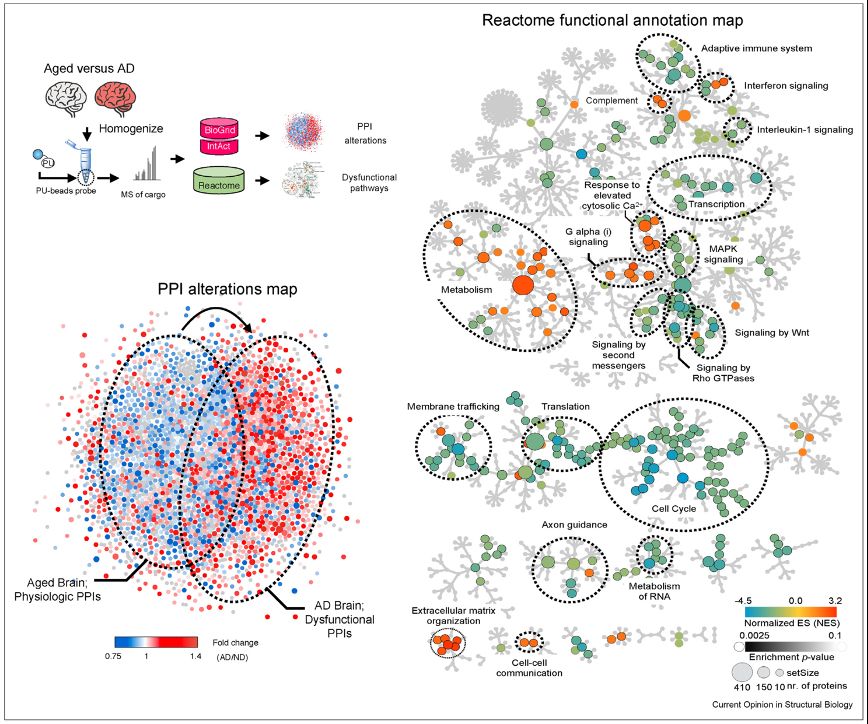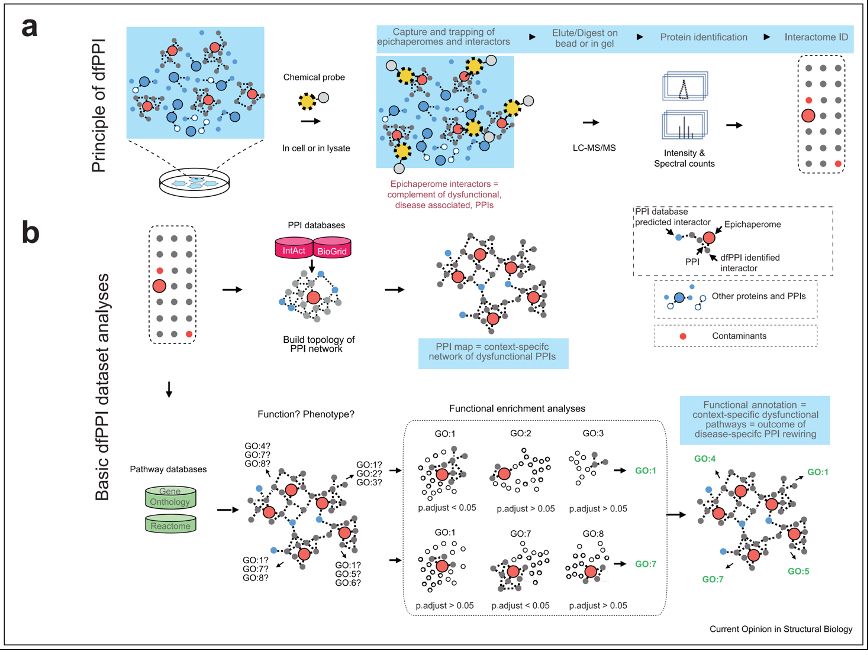Chiosis Lab
@chiosislabmskcc.bsky.social
85 followers
180 following
26 posts
🔬🖥️🐭
The Gabriela Chiosis Lab in the Chemical Biology Program at Memorial Sloan Kettering Cancer Center
https://t.co/atGdWeqEVz
Posts
Media
Videos
Starter Packs
Reposted by Chiosis Lab
Reposted by Chiosis Lab
Reposted by Chiosis Lab
Reposted by Chiosis Lab
Chiosis Lab
@chiosislabmskcc.bsky.social
· Apr 25
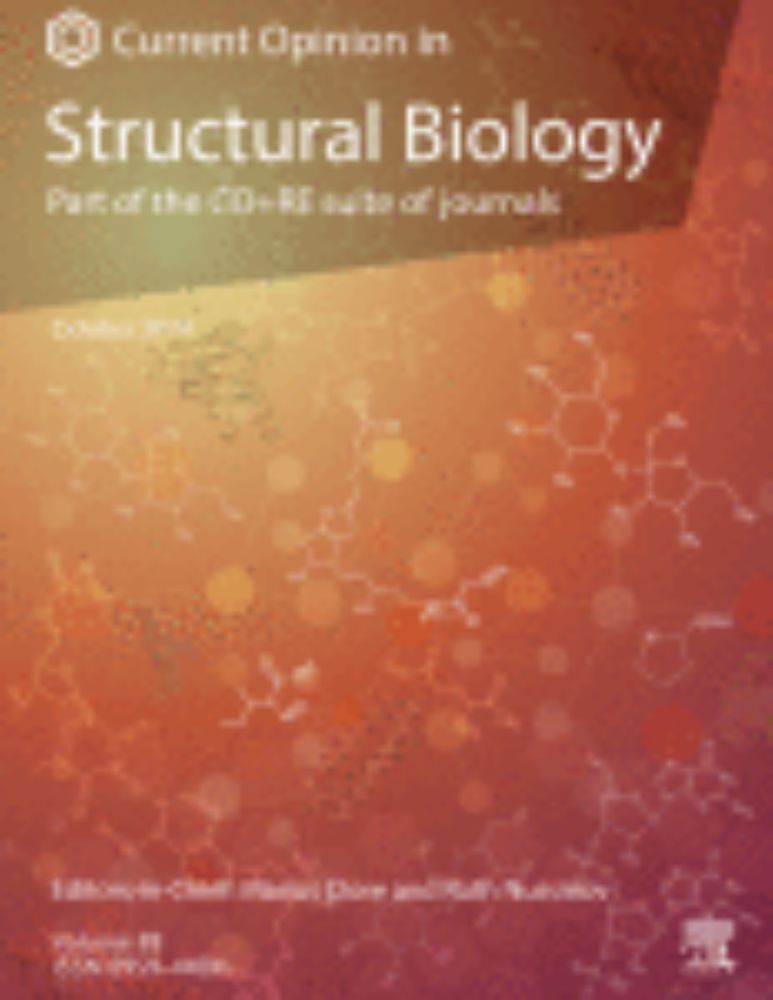
Introducing dysfunctional Protein-Protein Interactome (dfPPI) – A platform for systems-level protein-protein interaction (PPI) dysfunction investigation in disease
Protein-protein interactions (PPIs) play a crucial role in cellular function and disease manifestation, with dysfunctions in PPI networks providing a …
www.sciencedirect.com
Chiosis Lab
@chiosislabmskcc.bsky.social
· Apr 25
Chiosis Lab
@chiosislabmskcc.bsky.social
· Apr 25
Chiosis Lab
@chiosislabmskcc.bsky.social
· Apr 25
Chiosis Lab
@chiosislabmskcc.bsky.social
· Apr 25





